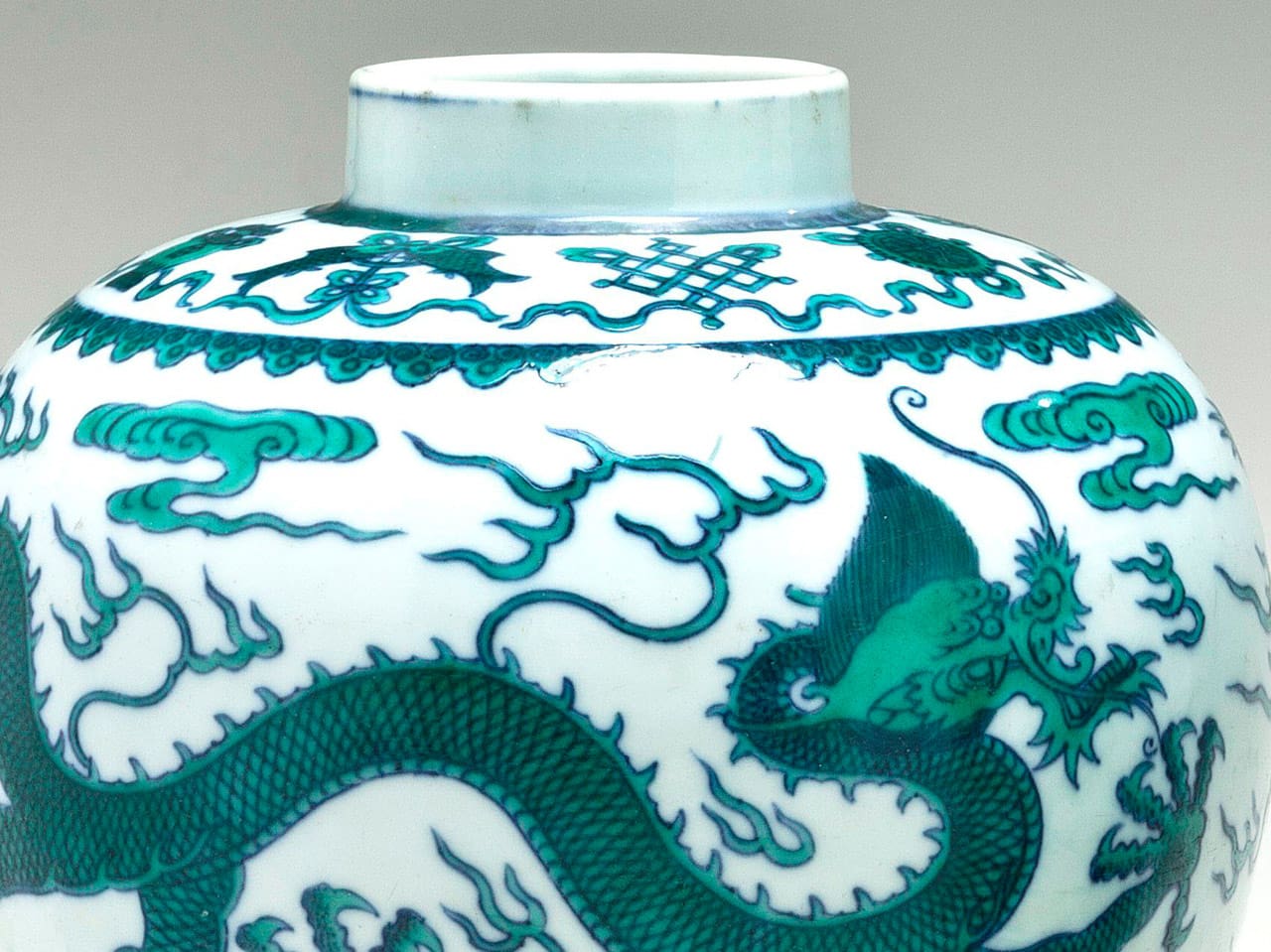During the Qing Dynasty (1644-1911), Chinese emperors competed with their forbearers by commissioning new works of art that imitated, honored or improved upon earlier imperial commissions.
In China these art objects always included “everyday” items. Tables and chairs were transformed into spectacular sculptures through the addition of gilding, lacquering and mother-of-pearl and colorful cloisonné glass insets. Ceramics and enamel wares appeared as jewels on collector’s shelves—both in the Ming (1368-1644) and Qing (1644-1911) periods and also today. Some of the Newark Museum’s imperial works are the other halves of pairs to holdings in the Palace Museum, Beijing, and the National Palace Museum, Taipei.
